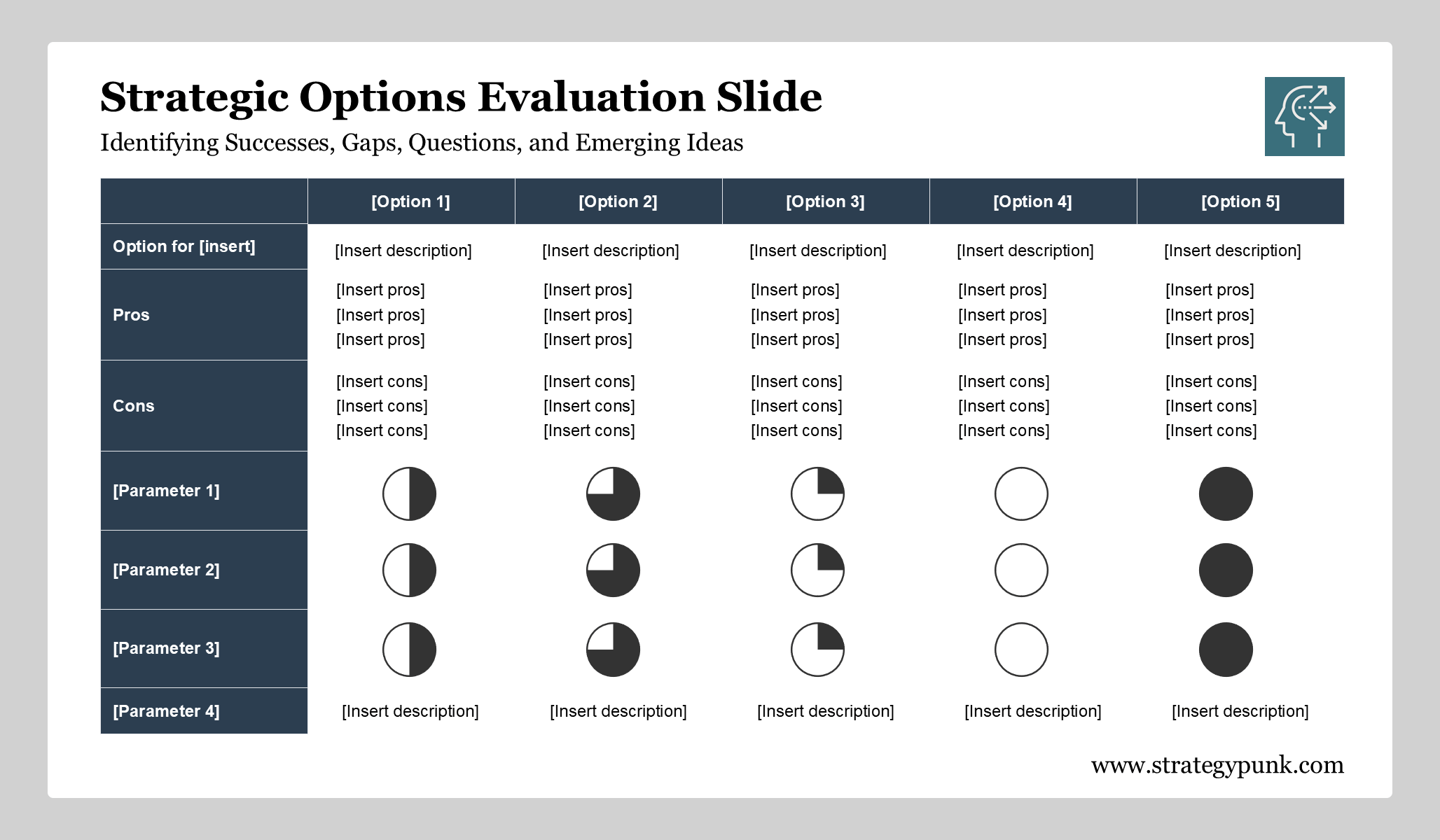Panel Discussion: Free PowerPoint Template
Download the Panel Discussion: Free PowerPoint Template to create engaging presentations. Perfect for discussions and meetings.

Introduction
Picture this: You're attending a conference, and the next session on the agenda is a panel discussion.
The room is buzzing with anticipation as industry experts take their seats on the stage.
The moderator steps up to the mic, and the discussion begins.
You find yourself leaning forward, captivated by the diverse perspectives and insights shared by the panelists.
A well-executed panel discussion can be a powerful tool for exchanging ideas, fostering dialogue, and gaining valuable insights from multiple experts in a particular field.
Whether you're an event organizer, a moderator, or a participant, understanding the dynamics of a panel discussion is crucial for creating a memorable and impactful experience.
What is a panel discussion?
A panel discussion is a structured conversation where experts, known as panelists, share their knowledge, experiences, and perspectives on a specific topic in front of an audience.
A moderator facilitates the discussion, guides the conversation, poses questions to the panelists, and ensures a smooth flow of dialogue.
The primary purpose of a panel discussion is to provide a platform for diverse viewpoints and to encourage a lively exchange of ideas. Hearing from multiple experts with varying backgrounds and expertise allows the audience to gain a comprehensive understanding of a topic.
Typically, panels include a moderator who leads the discussion and often consists of the audience with questions. The overall goal of a well-prepared board is to be informative and, at the same time, entertaining.
Panel discussions are a valuable format for internal and external company events.

How to moderate a panel discussion
Moderating a panel discussion is a delicate art that requires careful preparation, strong facilitation skills, and the ability to keep the conversation engaging and on track.
Here are some tips for effective moderation:
- Research the panelists and the topic thoroughly.
- Prepare thought-provoking questions that encourage discussion and debate.
- Establish a clear structure and timeline for the discussion.
- Introduce the panelists and set the tone for the conversation.
- Ensure equal participation by involving all panelists and managing time effectively.
- Encourage audience engagement through Q&A sessions or interactive elements.
- Summarize key points and provide a concise conclusion.
How to organize a panel discussion
Organizing a successful panel discussion requires careful planning and attention to detail. Here are some steps to follow:
- Define the purpose and objectives of the panel discussion.
- Select a relevant and engaging topic that aligns with your audience's interests.
- Identify and invite knowledgeable panelists with diverse perspectives.
- Choose a skilled moderator who can facilitate the discussion effectively.
- Develop a clear agenda and structure for the panel discussion.
- Promote the event and generate interest among your target audience.
- Prepare the venue or virtual platform to ensure a smooth and professional experience.
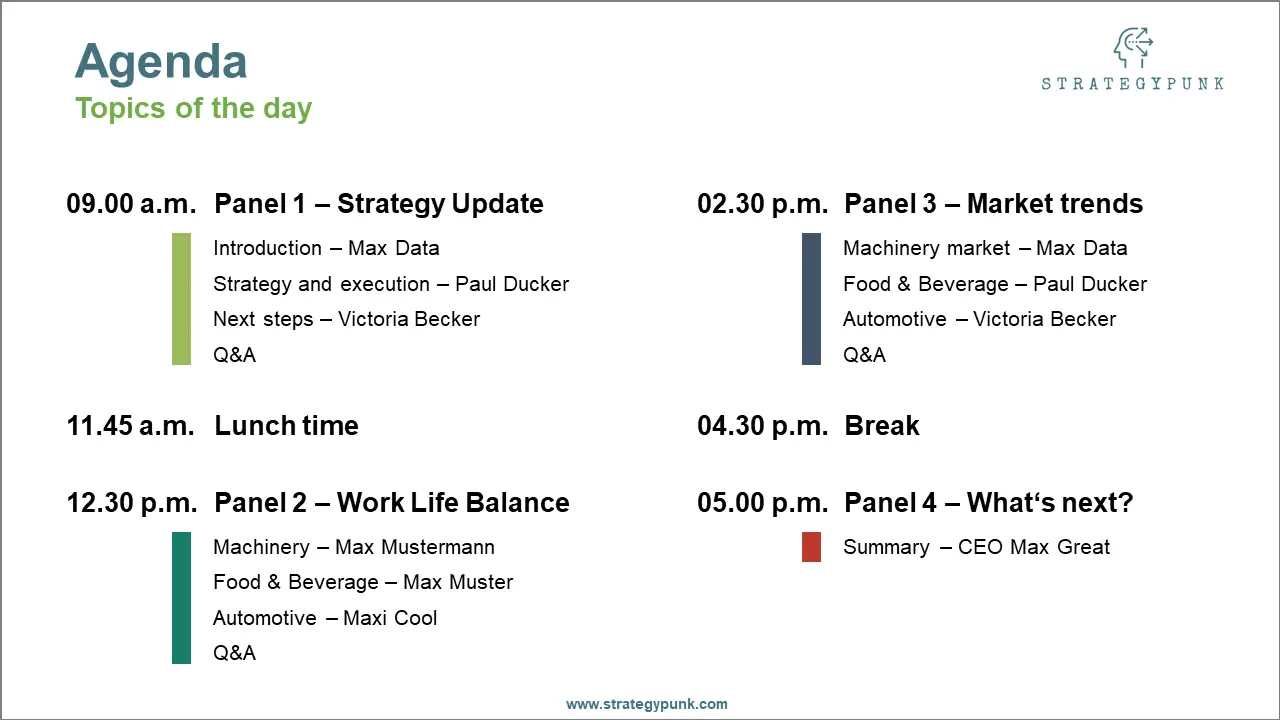
How to conduct a virtual panel discussion
In today's digital age, virtual panel discussions have become increasingly popular, allowing for global participation and accessibility.
Here are some tips for conducting a successful virtual panel discussion:
- Choose a reliable and user-friendly virtual platform.
- Test the technology and ensure all participants are familiar with the platform.
- Establish clear guidelines for participation and engagement.
- Incorporate interactive elements, such as live polls or Q&A sessions, to keep the audience engaged.
- Record the panel discussion for future reference or sharing.
- Follow up with attendees and panelists for feedback and potential future collaborations.
To conduct a successful VPD, it’s essential to ask yourself the following questions
- How do you want your participants to feel after they participate?
- How will you keep them engaged throughout the conversation?
- What content do you want to present?
- What are your goals for the conversation?
- What will success look like?
What is a panel discussion example?
A panel discussion could be an example of a group of experts in the field of sustainable energy discussing the challenges and opportunities of transitioning to renewable sources.
The panelists might include representatives from the solar industry, wind energy companies, policymakers, and environmental advocates.
The moderator would guide the discussion, allowing each panelist to share their perspectives and encouraging a lively debate on government incentives, technological advancements, and public awareness campaigns.
What are typical panel discussion topics?
Panel discussion topics can cover various subjects, depending on the event's theme and audience.
Some typical topics include:
- Industry trends and innovations
- Emerging technologies and their impact
- Social and political issues
- Business strategies and leadership
- Health and wellness
- Arts and culture
- Education and personal development
How do you structure a panel discussion?
A well-structured panel discussion typically follows these steps:
- Introduction: The moderator welcomes the audience and introduces the panelists.
- Opening remarks: Each panelist provides a brief overview of their background and perspective on the topic.
- Moderated discussion: The moderator poses questions to the panelists, encouraging dialogue and debate.
- Audience Q&A: The audience is given the opportunity to ask questions or share their thoughts.
- Closing remarks: The moderator summarizes the key points and concludes the discussion.
What are the three types of panel discussion?
There are three main types of panel discussions:
- Debate-style: Panelists present opposing viewpoints and engage in a structured debate, often with a moderator facilitating the discussion.
- Conversational-style: Panelists engage in a more informal and free-flowing conversation, with the moderator guiding the discussion and encouraging audience participation.
- Presentation-style: Each panelist delivers a short presentation on their area of expertise, followed by a Q&A session or moderated discussion.
What is the required format for a panel discussion?
While there is no strict format for a panel discussion, it typically follows a general structure:
- Introduction and panelist introductions
- Opening remarks or presentations by panelists
- Moderated discussion with questions from the moderator
- Audience Q&A session
- Closing remarks and summary
The format can be adjusted based on the event's objectives, the number of panelists, and the desired level of audience engagement.
How Do I Measure the Success of a Panel Discussion?
Measuring the success of a panel discussion can be done through various metrics, including:
- Attendance rate and audience engagement (e.g., questions asked, polls participated in)
- Post-event survey feedback from attendees and panelists
- Social media mentions and the reach of repurposed content (e.g., video clips, blog posts)
- Achievement of the panel discussion's objectives and desired outcomes
What Should Be the Duration of a Panel Discussion?
The duration of a panel discussion can vary depending on the complexity of the topic, the number of panelists, and the audience's engagement level.
Generally, a panel discussion for a B2B or technical audience can last between 45 to 90 minutes, including time for audience Q&A.
However, it's essential to balance providing sufficient time for in-depth discussions and maintaining the audience's attention span.
Panel Discussion Template
in PowerPoint and Google Slides format
Panel Discussion PowerPoint Template
This slide deck contains three different layouts:
- Standard five-people layout
- Standard five-people layout with the central panel question and time
- Special sofa panel layout for more easygoing panels.
The pictures of your panel participants can be inserted into the slides within seconds via the selected placeholder function.
In addition, two agenda slides are included in the slide deck for several panel rounds throughout a session or day.
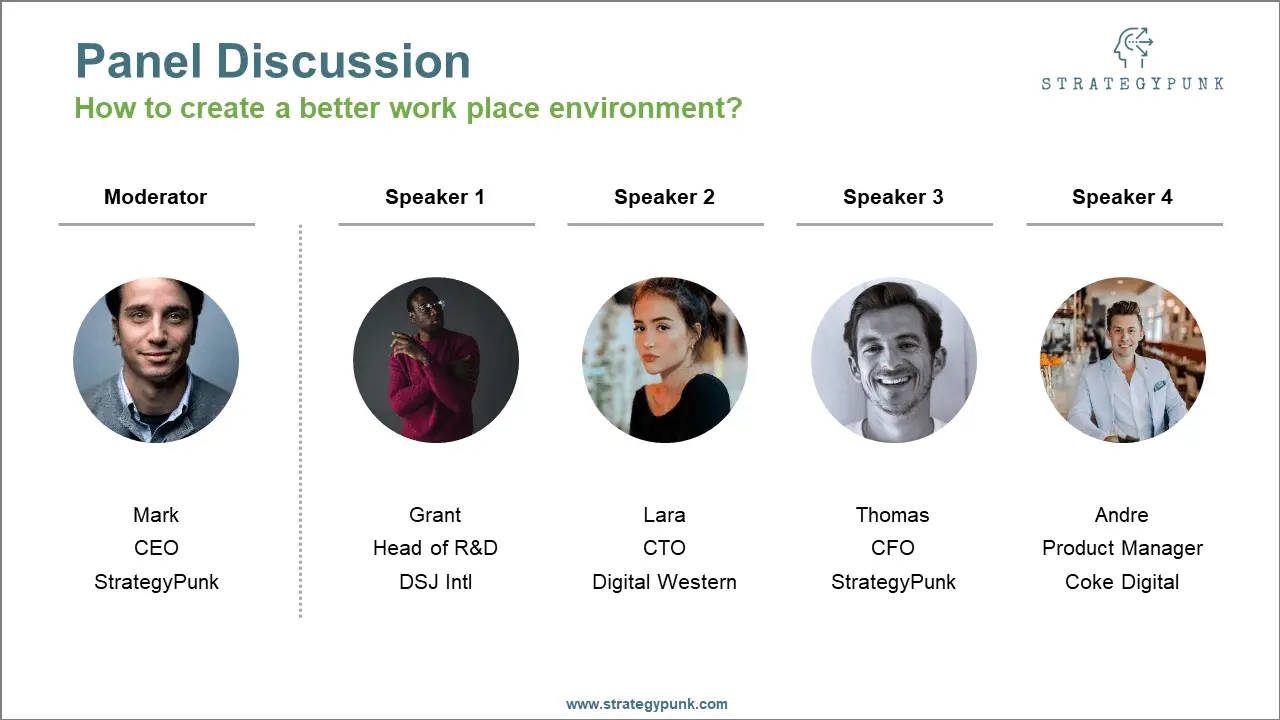


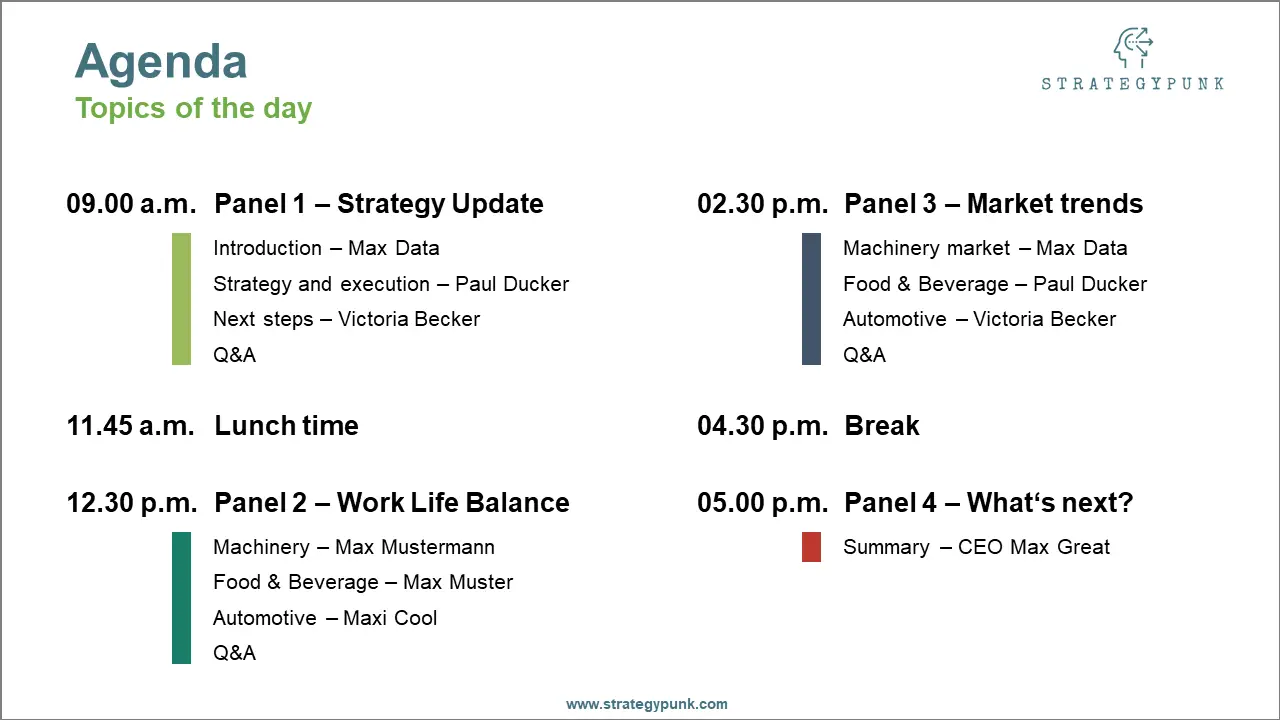
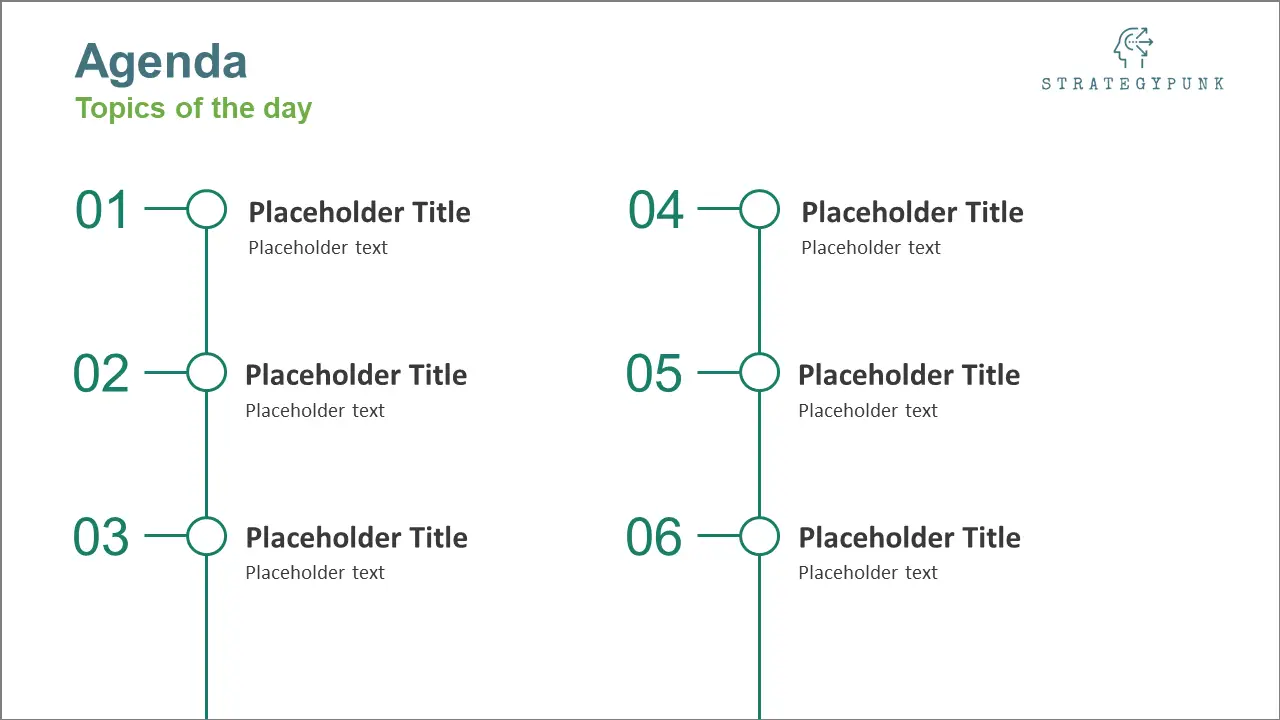
Panel Discussion PowerPoint Template



